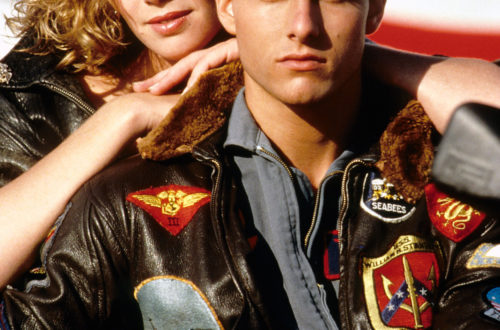“Hey mama hey mama – Look around -Everybody’s groovin’ to a brand new sound”
Welcome to the 60s, Hairspray
At the beginning of the Sixties, the world felt that something was changing.
A rush of optimism was spreading around cities and, with the election of the new president of US, John F. Kennedy, in 1961, people believed that a new golden age had to start.
The key actors of those years where those who were born after the World War II, also called the baby boomers.
Having rea ched the teen age, the joyful, lighthearted youth embraced the pleasures of life without the knowledge of the dreads of past wars. They just wanted to swing on top of the world.
ched the teen age, the joyful, lighthearted youth embraced the pleasures of life without the knowledge of the dreads of past wars. They just wanted to swing on top of the world.
The fashion market quickly adapted to these new customers: many brands designed for teens only, creating a whole new , fresh and colourful style that could easily adapt to their hobbies. Cuts became looser, in the US the casual style became more and more fashionable, along with sports wearing and sneakers, and advertisement was mainly focused on young people.
One of the most popular trends was the mini skirt, that was worn by everyone from every social classes. Born during the war as a mean of saving textile, the mini became the symbol of the growing power and independence of women. Indeed, without giving up that childish allure, during those years women were showing minute bodies and androginous looks, opposite to the stereotype of the diligent housewife that prevailed in the previous decade.
Girls wanted to be at the same time juvenile and sophisticated, exactly
as the most important icon of that time : Audrey Hepburn. With her thin body , her doe eyes and her both polished and comfortable style, Audrey embodied the idea of the modern, but still classy, self-confident woman of the Sixties.
, her doe eyes and her both polished and comfortable style, Audrey embodied the idea of the modern, but still classy, self-confident woman of the Sixties.
In 1961, Audrey Hepburn played the role of Holly Golightly in Breakfast at Tiffany’s. When the movie came out, young women loved Holly’s attitude toward life: against all the social ties (men, family, and marriage), this sparkling character is a never-ending dreamer, a stylish Peter Pan, who believes that she can be free from the others. Even though in the end even Holly understands that nobody saves himself alone, girls of that time (and of the current days) liked to think that, at least, they could try to achieve that freedom without needing someone else by their side.
Holly embodies the general attitude of young people from the Sixties: in a world that hides behind a golden veil the omen of a new crisis, she is reluctant to settle in, feeling powerful and invincible, though being weak at the core. Dreaming about new places to conquer, she is just a simple girl, standing outside a window, singing:
 “Two drifters, off to see the world
“Two drifters, off to see the world
There’s such a lot of world to see
We’re after that same rainbow’s end, waitin’ ’round the bend”
Moon River, Breakfast at Tiffany’s
She is the generation whose lighthearted dreams will be wiped out by the social changes and protests of the 70s, the generation who will realize that, once again, the music of its swing is played by the notes of the upcoming Vietnam War.
by Bianca Cattadori






